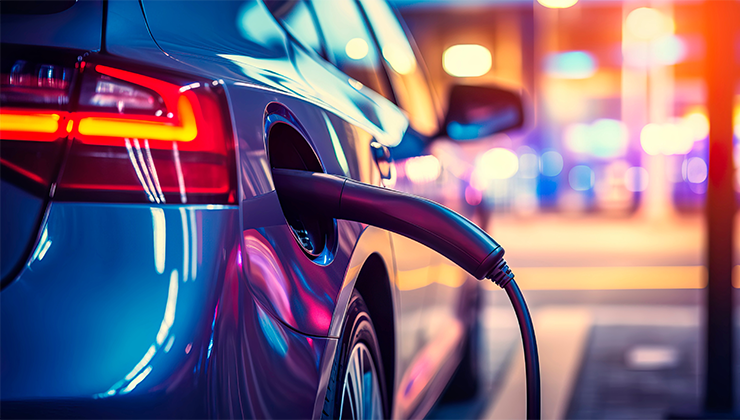One of the most significant barriers impeding the widespread adoption of the electric car has been the lingering concerns surrounding battery life. However, as the technology rapidly advances, the tide has begun to turn. More individuals are increasingly willing to take the plunge and embrace electric mobility. The allure lies not only in the extended mileage and environmental benefits but the transformative potential of Vehicle-to-Grid and Vehicle-to-Home smart charging features. These technologies are redefining how we recharge our EVs, positioning them as dynamic power storage units that offer a myriad of possibilities for our increasingly smart and sustainable future.
According to a report by RAC Foundation titled “Standing Still”, an astonishing 96% of the time, our vehicles are spent parked with a mere 4% dedicated to actual driving. Furthermore, the report reveals that 73% of its parked time is spent at home. To put things in perspective, for every hour spent driving our cars, they remain unused for nineteen. It is in this idleness that lies the foundation for V2G’s game-changing potential.
V2G technology facilitates bidirectional charging between an EV and the power grid. Essentially, it enables EVs to draw power from the grid and feed the surplus energy back into it should and when the demand arises. This dynamic feature represents a paradigm shift, transforming EVs from solely being iron chariots into active contributors to the energy ecosystem. When an EV is parked and not in active use, it can serve as a temporary power source. This allows them to assist energy providers in meeting peaks in electricity demand without resorting to increased electricity generation.
For energy providers, V2G presents an invaluable asset. The ability to tap into the collective energy storage capacity of parked EVs provides a flexible solution to address sudden spikes in electricity demands. This can be achieved without needing additional power generation infrastructure, thereby reducing the strain on the power grid, especially during peak hours. Also, V2G facilitates a more seamless integration of renewable energy sources into the grid by compensating for intermittent periods when sources such as sunlight and wind are scarce—contributing to a more stable and resilient energy supply.
Besides their role in shaping a greener landscape, EVs hold significant potential for mobile businesses such as food trucks. The unique characteristics of EVs, such as instant torque and quiet operation, make them ideal for this unique business model that relies on flexibility and responsiveness. Food trucks can benefit from the quiet emission-free operation of vehicles and save their owners the trouble of getting a noisy generator or making constant trips to the gas station to fill up on petrol for their generators or fuel tanks. This provides a more pleasant experience for the customer and convenience and cost-savings for the operator. As the charging infrastructure continues to expand, the integration of V2G into mobile food trucks represents a forward-thinking approach that aligns with both economic and environmental sustainability.
The benefits of V2G in contributing to a greener environment are substantial. By repurposing parked EVs as distributed energy storage units, V2G minimizes the need for additional energy storage infrastructure, traditionally a resource-intensive process. This innovative approach extends the lifespan of EV batteries and aligns with a more sustainable and efficient use of resources. Beyond mere storage, V2G optimizes energy distribution, playing a vital role in balancing the grid and addressing fluctuations in supply and demand. This is particularly crucial for the integration of renewable energy sources, ensuring a stable and reliable energy supply.
Utilizing V2G technology allows for a circular economy, one where an existing resource—in this case in the form of parked EVs—actively contributes to the energy ecosystem. The reduced demand for new storage infrastructure shrinks the environmental footprint while promoting a more intelligent, resilient energy grid. As V2G gains momentum, its role in shaping a cleaner, sustainable energy future becomes increasingly evident, marking a transformative step towards efficient utilization and environmental responsibility.
In conclusion, the dividends of electric vehicles and EV charging infrastructure are undeniably clear, delivering considerable returns for consumers, businesses, and the overall economy. However, the true leap forward lies in the integration of V2G technology, which amplifies the ROI and unlocks new dimensions of potential payback. V2G’s critical role in accelerating the global transition to EVs cannot be overstated. By seamlessly bridging the gap between individual EVs and the broader energy ecosystem, V2G both enhances the economic viability of electric mobility and propels us toward a sustainable, interconnected future. Embracing V2G is not merely an investment in technology; it is an investment in resilience, efficiency, and environmental responsibility—one that will define the next phase of our EV evolution on a global scale.

